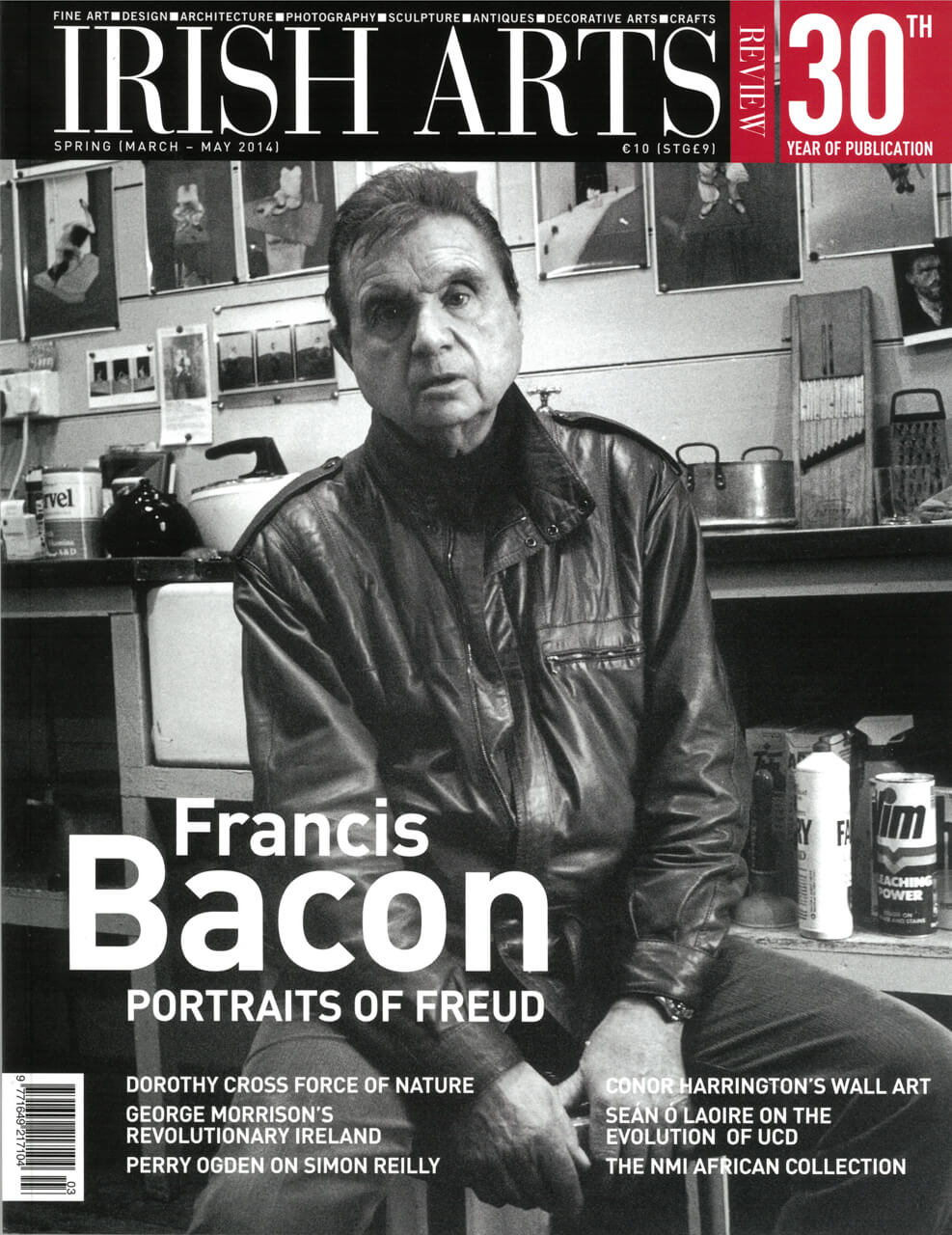

JAMES LYTTLETON
Four Courts, 2013
pp 352 fully illustrated in col p/b
€29.95 ISBN: 978-1-84682-492-0
Rachel Moss
Until recent decades, the early modern period represented something of a black hole in Irish art and architectural studies, in particular south of the border. This was in part due to a lack of survival, but also to problems of categorization and recognition: Irish buildings of the late 16th and 17th centuries are neither uniform nor typologically compliant with developments across the Irish Sea, are often conservative in form, and frequently lie hidden behind later accretions. The era is characterized in some areas by waves of colonization and the construction of ‘Planter‚’ houses and castles; and the politically unpalatable nature of the discipline further dissuaded scholars from facing up to the not inconsiderable challenges of untangling the complex architectural history of the time. Thankfully, a gradual rehabilitation of the architectural studies of the period has begun. Scholars such as Jane Fenlon, Rolf Loeber and Eric Klingelhofer have in recent years revealed some of the rich resources of documents, standing fabric and archaeology that inform the subject; resources which are comprehensively mined and expanded by James Lyttleton in the book under review.
The Jacobean Plantations in Seventeenth-century Offaly is a regional study, focusing on an area that underwent considerable upheaval during the fifty years either side of 1600. The suppression of the monasteries and seizure of Church lands coincided roughly with the first wave of Plantation in east Offaly, a development challenged by no fewer than eighteen separate uprisings in the years between 1563/64 and 1603. This was followed by a renewed scheme of Plantation in the years 1618-20, and then the decade of unrest during the religious wars of the 1640s, after which, eventually, relative peace prevailed. Lyttleton’s aim is to chart this history through the buildings and man-made landscapes of the county, leading the reader from the medieval to the early modern and documenting the key changes that took place along the way. Meaningful discussion of the latter part of the 16th century – the start of the story so to speak – is hampered by a lack of standing remains, so it is with good reason that the text deals primarily with the developments of the 17th century. This narrative brings the reader from the late flowering and gradual demise of the tower house, to the emergence of the fortified house to the introduction of the fully undefended domestic space, followed by an examination of churches, glebes and church monuments during the period.
In his examination of each domestic building type, Lyttleton provides a basic overview of documentary evidence and survey of standing remains, before attempting to explore each in its political, social and ideological context. Survey work, including a generous number of plans and photographs, builds on work published in the OPW’s Archaeological Inventory of County Offaly (1997) and adds some important new detail and corrections, particularly in relation to the buildings of the later 17th century.
The Jacobean Plantations in Seventeenth-century Offaly provides a thorough investigation of both native and settler’s impact on the buildings and shaped landscapes of Co Offaly during the 1600s. In parts the book is perhaps too thorough, and there are sections where the speculation necessitated by a lack of tangible evidence might have benefited from some judicious trimming. This minor quibble aside, the book provides an important introduction to the architecture and landscapes of a culturally complex county during a particularly turbulent part of Ireland’s history.
Rachel Moss is an assistant professor in the Department of History of Art, TCD and editor of Art and Architecture of Ireland, Vol. 1: The Medieval Period (Forthcoming.)



